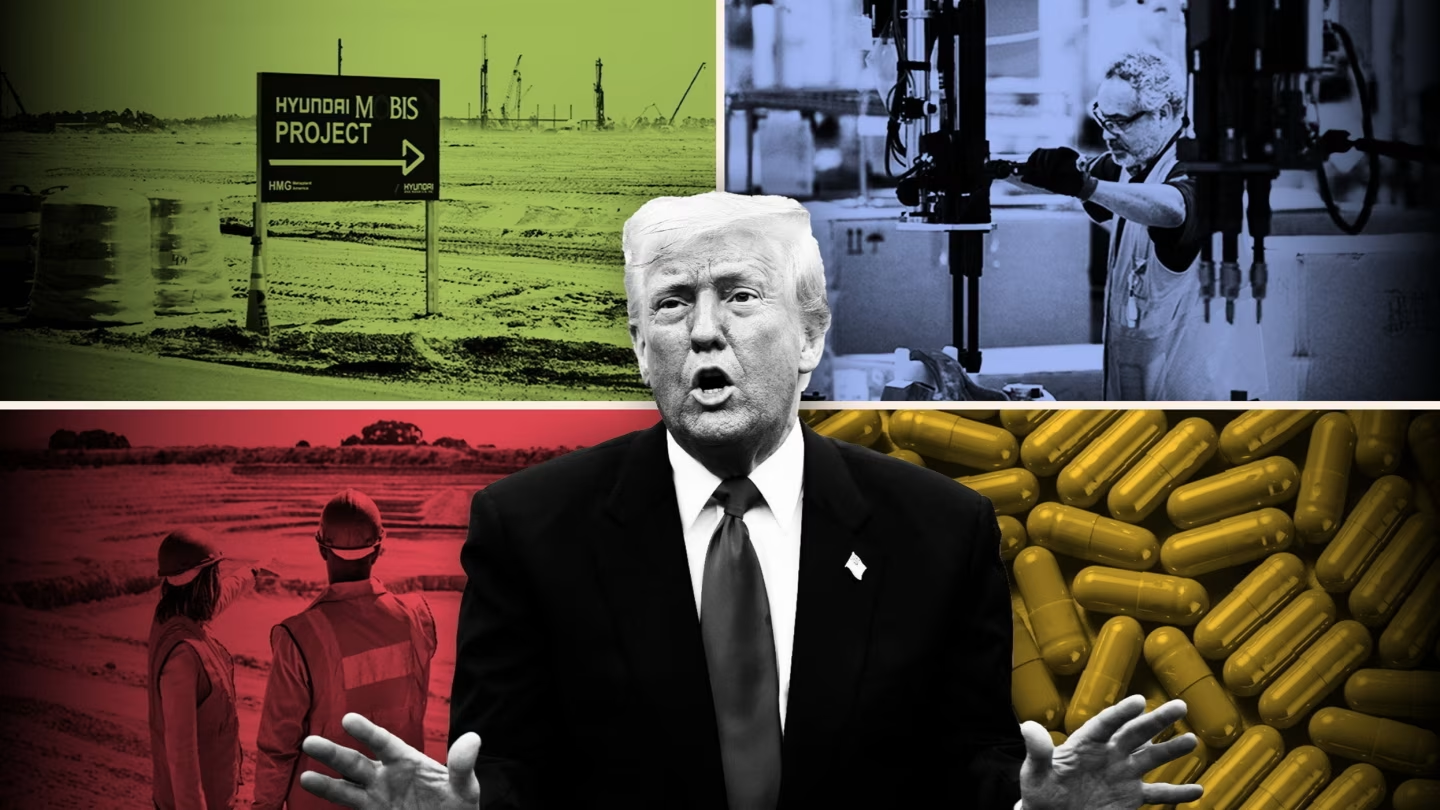Businesses are using AI tools to help them deal with the real-life problems that come up in global trade.
Different tech companies told CNBC that they are using the new technology to see how U.S. President Donald Trump’s tariffs on goods from other countries affect their global supply chains. This includes seeing where the goods are shipped from and the materials that are used to make them.
Salesforce announced last week that it had created a brand-new AI agent that can “instantly process changes for all 20,000 product categories in the U.S. customs system and then take action on them” as needed. This new agent will help users adjust to changes in tariff systems.
The U.S. software giant’s engineers used the Harmonized Tariff Schedule, a 4,400-page list of taxes on goods brought into the U.S., to help them come up with answers for the agent.
The speed and complexity of changes in global tariffs make it nearly impossible for most businesses to keep up with them by hand, said Eric Loeb, executive vice president of government relations at Salesforce. “Companies may have used small groups of in-house experts to keep up in the past.”
Businesses say that AI systems help them make changes to their global supply lines much more quickly.
Chief Product Officer of Kinaxis, Andrew Bell, said that manufacturers and distributors who want to figure out how to react to tariffs are using his company’s machine learning technology to look at their products and the materials that go into them, as well as outside signals like news stories and big-picture economic data.
“Once we have that information, we can start running those simulations of, say, this part of your building materials that has a big tariff.” Overall, what would happen if you moved to using this other part instead? Bell said to CNBC.
“AI’s time to shine”
Companies have had to rethink their supply lines and prices because of Trump’s tariffs list, which includes dozens of countries. For example, Walmart and Nike have already raised the prices of some items. According to the census, the U.S. brought in about $3.3 trillion worth of goods in 2024.
Zack Kass, a futurist and former head of OpenAI’s go-to-market strategy, told CNBC’s Silvia Amaro at the Ambrosetti Forum in Italy last month that the uncertainty caused by U.S. tariffs “appears to be AI’s moment to shine.”
If you want to know how hard things could get without AI and technology, and what would happen in a world where you can’t hire a lot of people all at once, AI gives you an idea,” he said.
Managing partner and global head of technology services at Indian IT giant Wipro, Nagendra Bandaru, said that clients use the company’s agentic AI solutions “to change supplier strategies, trade lanes, and manage duty exposure dynamically as policy landscapes evolve.”
Wipro says it checks the safety of goods traveling across borders using a variety of AI systems, some of which are its own creations and some that come from outside sources. These include large language models, traditional machine learning, and computer vision methods.
“Not a magic bullet”
Wipro said that companies like a Fortune 500 electronics company with factories in Asia and a car parts supplier that sells to Europe and North America use its AI products to deal with Trump’s tariffs, but the company names were kept secret.
According to Bandaru, AI is a powerful tool, but it is not a magic bullet. “It doesn’t replace trade policy strategy; instead, it improves it by turning global trade from a problem that needs to be solved to an advantage that can be used by everyone based on data.”
Before Trump’s April tariff announcements, AI was already a top investment goal for companies around the world. A report released by Capgemini in January found that deep learning and AI were ranked by almost three quarters of business leaders as two of the top three technologies they planned to invest in in 2025.
“AI can help businesses deal with the tariffs and the uncertainty they cause in a number of ways.” A partner at Bain Capital Ventures told CNBC, “The success of any AI solution will depend on the quality of the data it has access to.”
The VC said that FourKites, one of the companies in his portfolio, uses supply chain network data and AI to help businesses figure out how changing providers because of tariffs will affect their logistics.
Agarwal said, “They are working with a number of Fortune 500 companies to use their freight and ocean agents to give this level of visibility and intelligence.”
“Changing suppliers might lower the cost of tariffs, but it might also raise the cost of lead times and shipping,” he said. “Also, the fluctuating tariffs have had a big effect on the rates and available space in both the ocean and domestic freight networks.”




